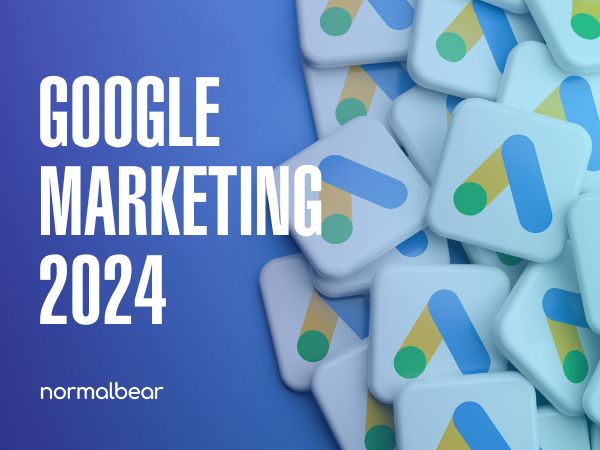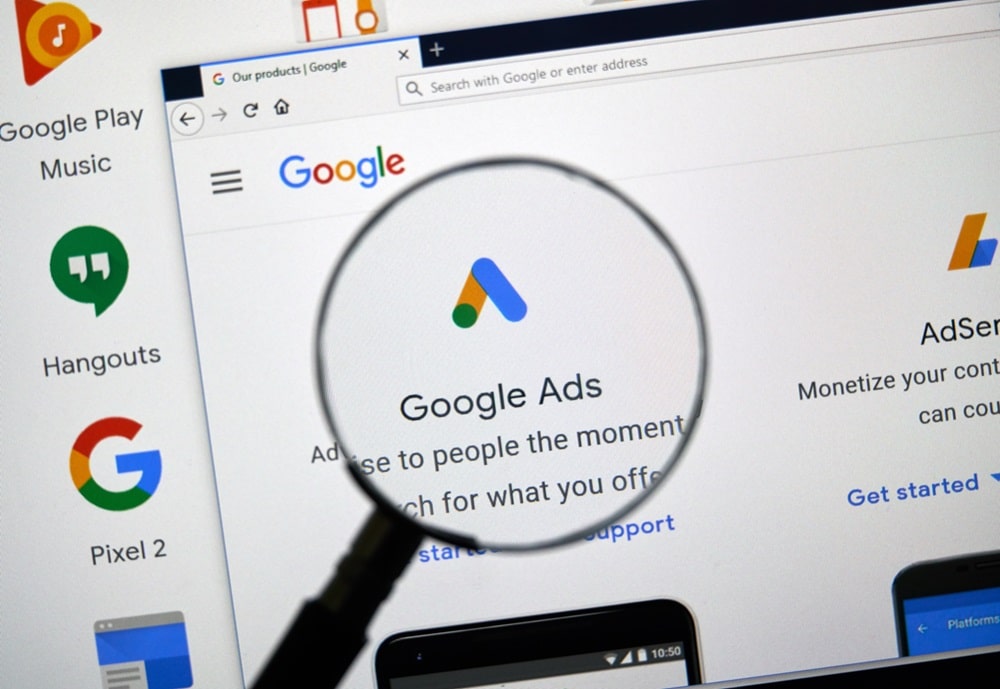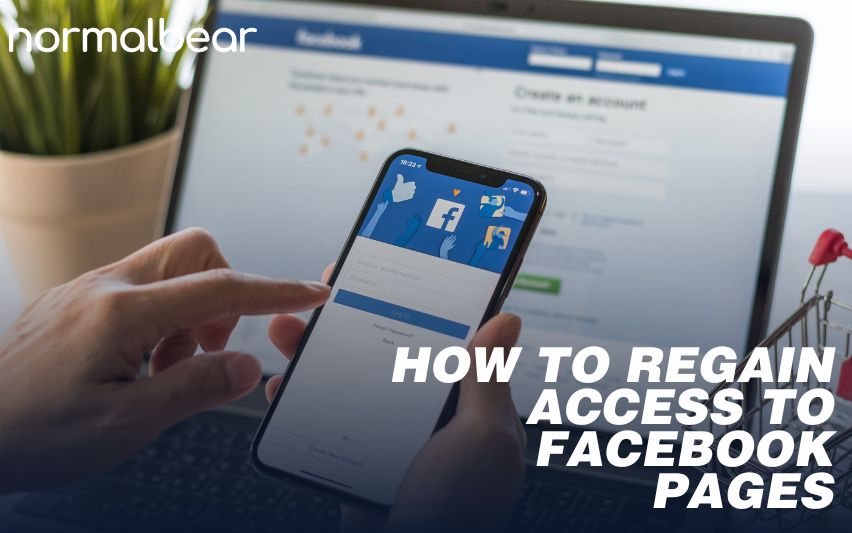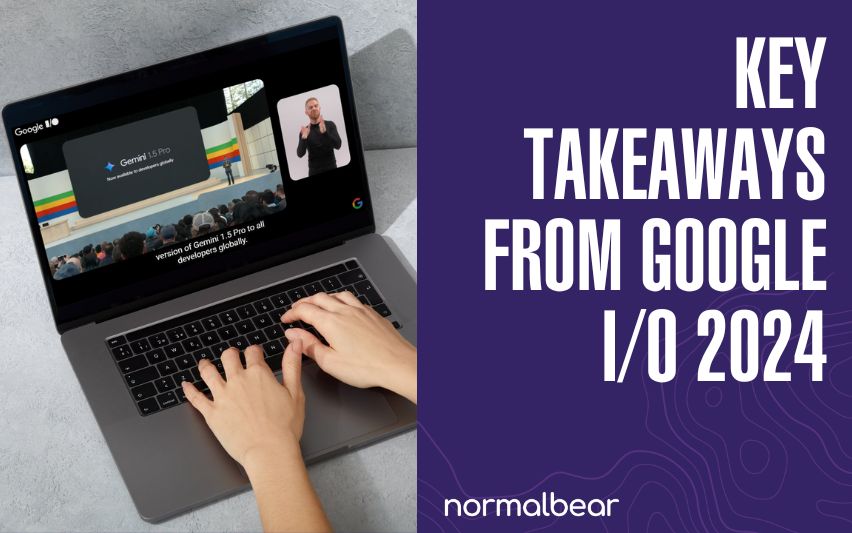If 2020 has taught marketers anything, it’s how to deal with the unexpected. As we close in on the end of the year, what can brands expect in 2021?
A recent Deloitte report on 2021 Global Marketing Trends highlights this: the “defensive” marketing of 2020 will no longer work. The focus will be on meeting human needs, both holistically and authentically.
Luckily, consumers already have a positive opinion on how brands adapted to the chaos of a pandemic, with 80% able to identify a time a brand responded well, and 20% strongly agreed that this response increased their brand loyalty.
The conditions are daunting, but they also present some great opportunities for the savvy and agile. Keep your company positioned for success in 2021 will be to build on today’s positive consumer outlook by focusing on:
- The Why: Successful brands know why they exist and who they serve. Businesses who know the reasons they serve their stakeholders are better positioned to navigate change.
- Imagination and innovation: Agility in marketing – the ability to bob-and-weave depending on marketing conditions – has always been a condition for business success, but this will become even more important in 2021. Using the same old tried-and-true way no longer works.
- Human connections and customer service: Consumers want an authentic connection, and that is more important than speed-to-market or efficiency. People are making increasingly nuanced choices, such as choosing a safer airline over a cheaper one or insisting on ethical manufacturing processes. Great customer service is an important part of an authentic connection, and 49% of consumers say they will unfollow brands on social media because of poor customer service. This means engaging with followers, answering their questions, and leveraging tools like social listening.
- Values: The objective here is to build trust, which in the world of commerce means delivering on your promises. Make sure your messaging is transparent, consistent and reliable. While marketing has traditionally been demographically-focused, shifting to a values mindset will get you further in 2021.
- Involvement: This means customer engagement at a deeper level that goes beyond passive responses. Create ways they can participate, such as writing reviews or offering advice to fellow customers. Creating content relevant to the brand is important to encourage participation while reinforcing your messaging.
- Examine your talent pool: Develop a core team that can best evolve with the market and reflect your company’s competitive advantage. These would include roles for data scientists, content creators, and those who manage social and ad media. With the growing gig economy, businesses can hire from anywhere.
- Images and video: Relevant content is incredibly important, but how you deliver that content on social media matters as well. Fully, 68% of consumers want to engage with images, and 50% want video content. Review your 2020 content, and note which text posts received high engagement. Brainstorm how you might turn those topics into visual or video content.
- Digital transformation: Companies who weren’t online in 2019 have had to move to the web in 2020. Investments in paid, owned and earned digital channels now account for almost 80% of multichannel budgets, says Gartner. At the top of the list is digital advertising and search ads at 22%, social marketing at 11.3% and websites at 10.4%.
- A blended approach to client contact: When face-to-face meetings become normal once again, marketers will need to be ready. Those who blend the new and old ways of working stand to benefit. Work to create virtual rapport, and then back that up with a real human connection when possible.
- Preparing for a cookie-less future. Google’s Chrome browser will stop supporting third-party cookies by early 2022, which will significantly change how digital ads are targeted and tracked. This has created considerable confusion about how campaigns will be affected, even in very knowledgeable digital marketers. 2021 is the final year for marketers to learn about and prepare for the impact of the cookie-less future. The most important action means improving access to, and effective use of, valuable first-party data—and to there’s a clear plan for placing and measuring campaigns after the change.
- Social issues: Consumers have an increased desire to see brands take a stand on social issues. This interest is cross-generational, but Gen Z takes the lead. These consumers are now 5-24 years old, more are the workforce, and their voice will be loud—both as consumers and as employees. This generation demands that their employers demonstrate a corporate social conscience. This means that brand marketers will want to push their organizations to take meaningful stands on important social issues.
- Ad spend – follow the customer: The pandemic has meant an increase in ecommerce, and this in turn impacts ad budget allocation. Advertising on ecommerce platforms increased 39% in 2020 and is expected to rise another 30% in 2021. This is equivalent to about 13% of total U.S. digital ad spend. Measurability helps drive this change; brands believe leading ecommerce sites provide better measurability of ad ROI than many other digital ad types, including social media ads. And e-commerce sites know a lot about their customers, which is key to target ads without reliance on third-party cookies.
As a marketer, you’re used to change, and 2021 promises to have plenty of them. But with change, comes valuable opportunities. Don’t miss your chance to propel your brand into 2021 and beyond.
At some point, things will return to normal, whatever that will mean. At Normal Bear, we’re agile, creative thinkers who redefine normal to stay on the cutting edge of marketing trends. We’d love to talk about how we can work together.






